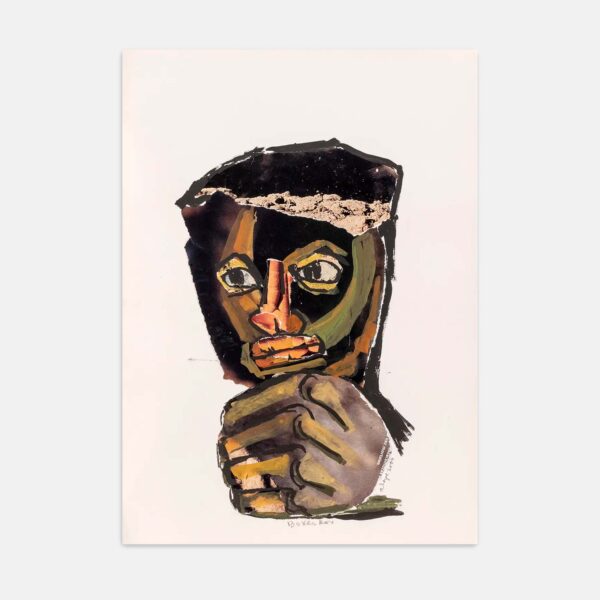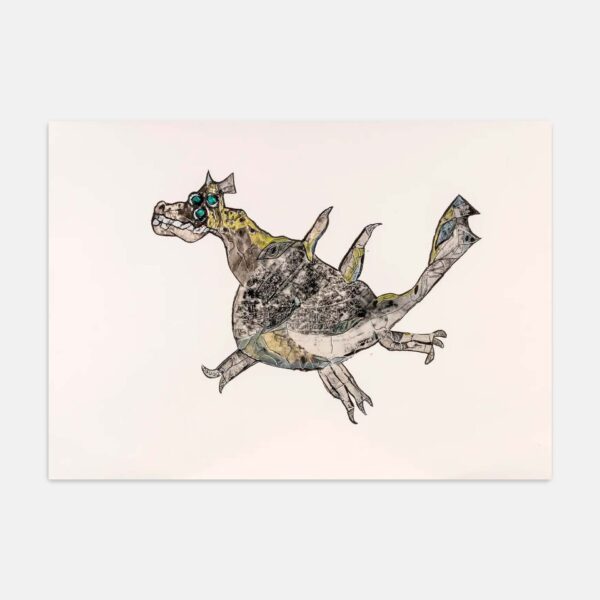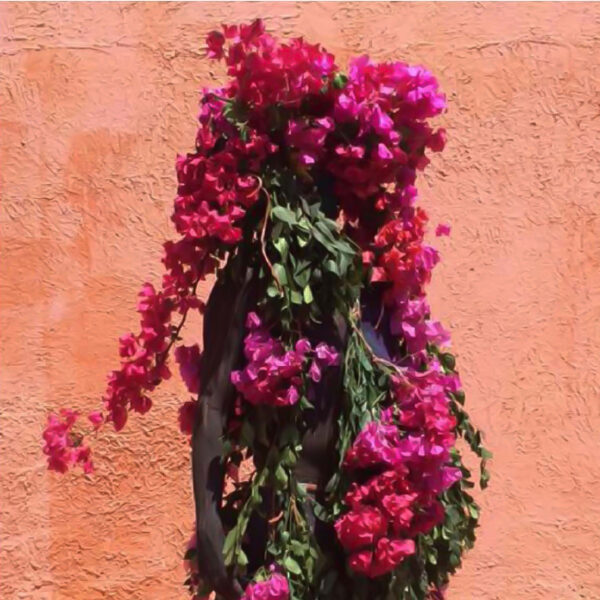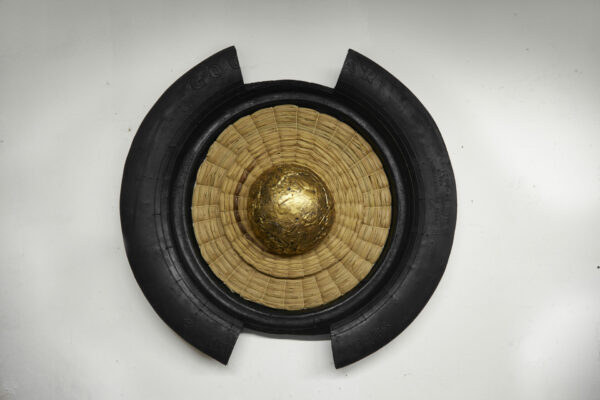





Pasos para trenzar un paisaje
The concept of identity, as well as the structural boundaries of bodies and territories, has historically been established under political criteria that poorly represent natural relationships, collective memories, or generational traditions. The territory has been understood as a geographical space that must be conquered, fragmented, and divided, and its symbolic meaning and rights as a subject have been ignored.
The ways in which we inhabit a space and the relationship we have with our human and natural bodies are what allow the recognition of our territories. Every creation responds to temporary, geographical, and cultural contexts that allow the symbolic weaving of territories and communities to manifest. Like any tissue, it requires interweaving and care to trace stories, memories, and wisdoms.
In rural life, the term “combing a territory“ is used when one has come to recognize and traverse the places and areas that comprise it. The territory becomes a entity that must be explored and recognized in order to be inhabited. Braiding has also been a tool for transmitting stories and keeping generational memories alive. Combing, braiding, tracing, recognizing, and inhabiting; the territory becomes a tissue that must be constructed from the traces and memories that remain there, not from its divisions and hierarchies. Historical memories that represent the relationships between the modern and traditional, the ancestral and contemporary, and the popular and academic, maintain and give voice to the living memories of the territory.
Bogotá
Carrera 23 # 76-74
Barrio San Felipe, Bogotá
Tel. +57 (60) 1 3226703
Lunes a Viernes
10:00 am a 05:30 pm





































